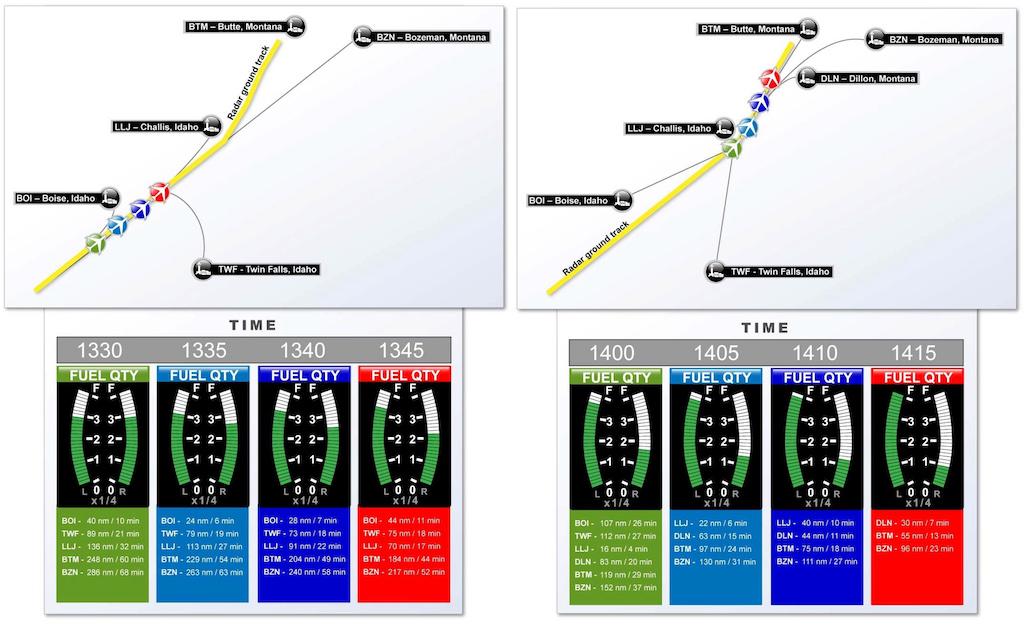
Editor’s Note: This is the third of a four-part series on the automatic response “We can do that!” The better thought might be, “Should we do that?” Here is part one and part two.
I get the question now and then when ordering fuel: “With or without?” Some jets require a fuel system icing inhibitor (FSII) be added to the fuel. I am fortunate that my aircraft has built-in provisions to heat engine fuel, but I do have to keep an eye on it on cold days or at high altitudes. So my answer is almost always no, but I do consider it. Many fuel trucks can automatically dispense it, or you can add it manually. The last time I checked, a can of FSII will cost about $20 and will be sufficient to treat about 150 gal. of fuel. While it isn’t free, it seems pretty reasonable if it keeps your engines turning when the outside air temperature gets cold.
On March 22, 2009, a veteran Pilatus PC-12 pilot flew multiple legs from Redlands Municipal Airport, California (KREI) to Gallatin Field, Bozeman, Montana (KBZN). On the accident flight, the aircraft was loaded with 13 passengers, four more than authorized by the Pilatus AFM. The weather was good, but it was cold. The pilot did not request or was not seen to have added any type of fuel system icing inhibitor at his point of origin or any of the fuel stops along the way. The PC-12 AFM requires FSII be used for temperatures below 0C. Because standard temperature at 7,500 ft. is 0C and each of the aircraft’s cruise altitudes that day were above that altitude, an FSII would have been required for each leg.
The PC-12 has two fuel tanks, one in each wing, that feed the engine simultaneously. Each tank has a boost pump that automatically activates whenever the fuel pressure drops or in response to a fuel imbalance. Fuel in excess of the engine’s requirements is sent back to both tanks.
About 1 hr., 13 min. into the final flight, both fuel pumps began cycling due to low fuel pressure, evidently because of fuel icing in both tanks. The right tank managed to deliver more fuel than the left, creating a fuel imbalance. Five minutes later, the right pump ran continuously to correct the fuel imbalance. Three minutes later, fuel was being drawn solely from the right fuel tank. Because the right tank was delivering more fuel to the engine than it needed, excess fuel was returned to both tanks. The right tank was in effect feeding the left tank.
The fuel imbalance exceeded aircraft limitations about 1 hr. after takeoff and the AFM stated that the pilot should land the airplane as soon as practical in this situation. He instead passed several viable airports, still heading for his planned destination. It wasn’t until 30 min. later that he decided to divert, but he did not select the nearest viable airport. He instead chose Bert Mooney Airport, Butte, Montana (KBTM), presumably a more convenient option for his passengers. The aircraft remained controllable until the last minutes of the flight when the pilot lost control while maneuvering to land. The PC-12 impacted the ground short of the runway and everyone on board was killed.
We will never know why the pilot failed to add fuel system icing inhibitor, but we can surmise he bypassed several viable airports wanting to get his passengers to their intended destination.





